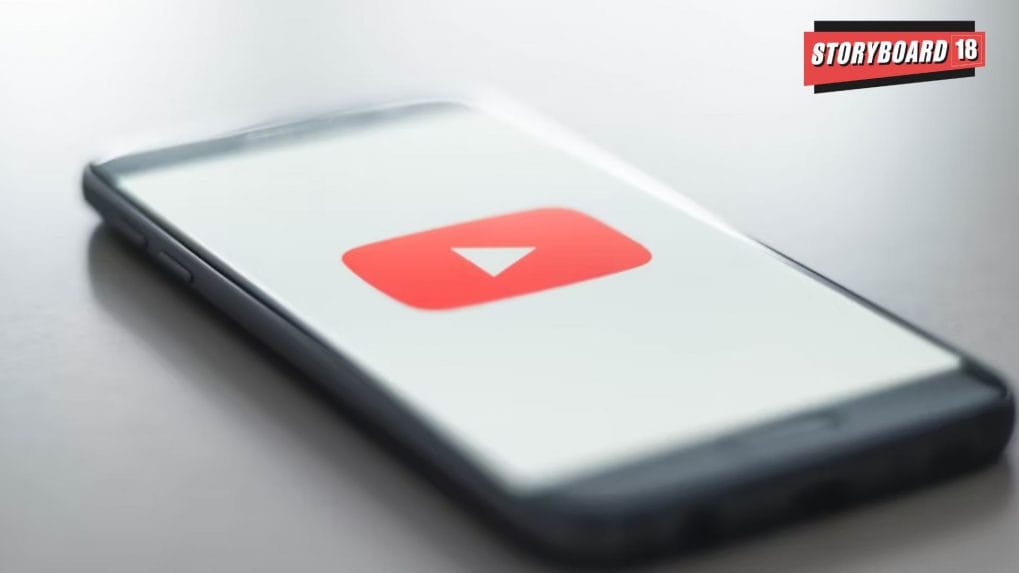The Long and Short of it: Why YouTube creators are doubling down on deep content
Platforms didn’t mean to rot our brains, but they gamified short-form so hard it turned into digital fast food. Now audiences are tired of snacking and want an actual meal, according to experts.
ADVERTISEMENT
For the last few years, short-form videos have dominated feeds, with platforms gamifying snappy, dopamine-driven content. But now, there are strong signals that long-form content on YouTube is staging a comeback — not just for creators, but for brands and advertisers as well.
Viraj Sheth, co-founder and CEO of Monk Entertainment, says the clearest indicator is in audience behavior itself. "The biggest signal is in watch time. Creators who blew up on shorts are noticing that when they put out longer videos, people actually sit through them, leave thoughtful comments, and don’t just drop a random emoji. That tells me audiences want more than quick dopamine hits, they want a connection."
This renewed appetite for depth comes as viewers tire of endless scrolls. As Sheth puts it, "Platforms didn’t mean to rot our brains, but they gamified short-form so hard it turned into digital fast food. Now audiences are tired of snacking and want an actual meal. Creators are the first to spot that shift, so they’re bringing balance back with long-form."
Brands Testing the Waters
Marketers are paying attention. While shorts remain an easy route to reach, long-form seems to deliver stronger results on recall and trust. "Brands are still testing the waters. Shorts are an easy win for quick reach, but long-form builds stronger recall and trust. Once marketers see the numbers stack up, they’ll start shifting budgets back. We just worked with Domino’s for The Thugesh Show and delivered over 100 million organic views on long-form content. We also delivered 10% uplift on brand favourability and 70% in brand recall because of the show," says Sheth.
That kind of ROI is difficult to ignore, and more advertisers are beginning to re-evaluate how they split spend across formats.
Creators See Two Audiences Emerging
For creators, the balance is less about abandoning one format for the other, and more about recognizing that both cater to different audiences. Taran Singh of 2Sloggers (401K subs) frames it as a dual reality. “I’ve worked extensively with both long-form and short-form content, and one thing is clear to me—neither is going anywhere. Long-form will always have its place, and short-form will continue to grow. In fact, both represent the future of content, just in different ways.”
He notes that while attention spans are shrinking, long-form still pulls in younger audiences. “Teenagers, especially in the 14–19 age group, are actually consuming a lot of long-form content on platforms like YouTube. These are early mobile users—many of them don’t even have Instagram yet, and often use their parents’ phones or a family iPad to watch videos. I’m always amazed when kids come up to me and say, ‘We’ve seen you!’ It made me realize that this younger audience, just stepping into the digital world, still finds long-form content highly engaging.”
Economics: Monetization Drives the Shift
For many YouTubers, long-form is not just about connection — it’s also about survival.
Raj Grover (14.1M subs) puts it plainly. "In my perspective as a creator, YouTube long-form content is making a comeback. Over time, we’ve realized that shorts can give us instant growth and subscriber numbers, but they don’t help much from a monetization standpoint. That’s why, as creators, we still continue making long-form videos. From an audience perspective, I don’t think the number of long-form viewers ever really declined—it’s just that short-form viewership has increased comparatively."
Mohini Varshney (6.7M subs) agrees that economics and impact go hand in hand. "While short-form content has its own advantages, I believe returning to long-form content on YouTube is a more impactful move. Long-form videos not only allow deeper engagement with the audience but also help in reaching a wider viewer base. Additionally, they significantly enhance revenue potential, often resulting in double the returns compared to short-form content."
Depth, Loyalty, and Longevity
For Varshney, the creative investment is part of the payoff. "As a creator, I don’t see it as just hype. Audience retention on long-form is genuinely improving because viewers now crave depth, storytelling, and relatability beyond a 30-second scroll. Shorts are great for quick reach, but long-form builds a stronger connection and loyalty. Of course, long-form requires more effort — scripting, shooting, editing, even production value. But for me, that’s also the fun part. The extra effort pays off because the content lives longer, performs more consistently, and creates a lasting impact compared to short-term virality. I don’t see it as long-form versus shorts, but rather both complementing each other. Shorts bring in new audiences, while long-form converts them into a community."
Interestingly, many creators don’t view shorts as a simple funnel into long-form. Raj Grover notes, "No. the content for my Shorts and Long Form is completely different." Singh echoes this: "We tried but it did not work for us. Long-form has a separate audience base altogether."
The Bigger Picture
As attention spans, platform incentives, and brand budgets continue to shift, creators are re-learning an old truth: long-form content may not be the fastest way to grow, but it is the surest way to build loyalty, impact, and sustainable economics.
For audiences tired of fast food, long-form videos are starting to look like the full meal again.
Read More:Ad-vantage YouTube: Precision wins the living room, but OTT still tells the story
Read More:YouTube to invest Rs 850 crore into Indian creators: Neal Mohan

